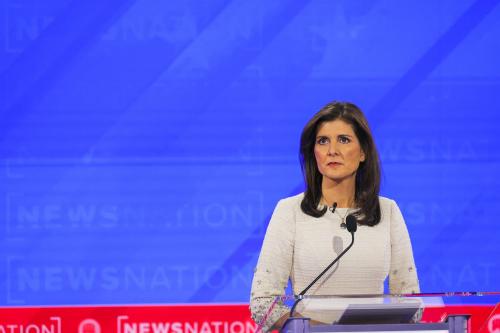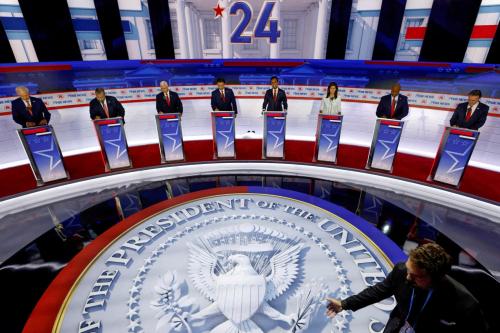
U.S. Economy
The 2024 presidential candidate tracker
In this series, we track key election metrics for presidential candidates throughout the campaign period known as the “invisible primary.”



